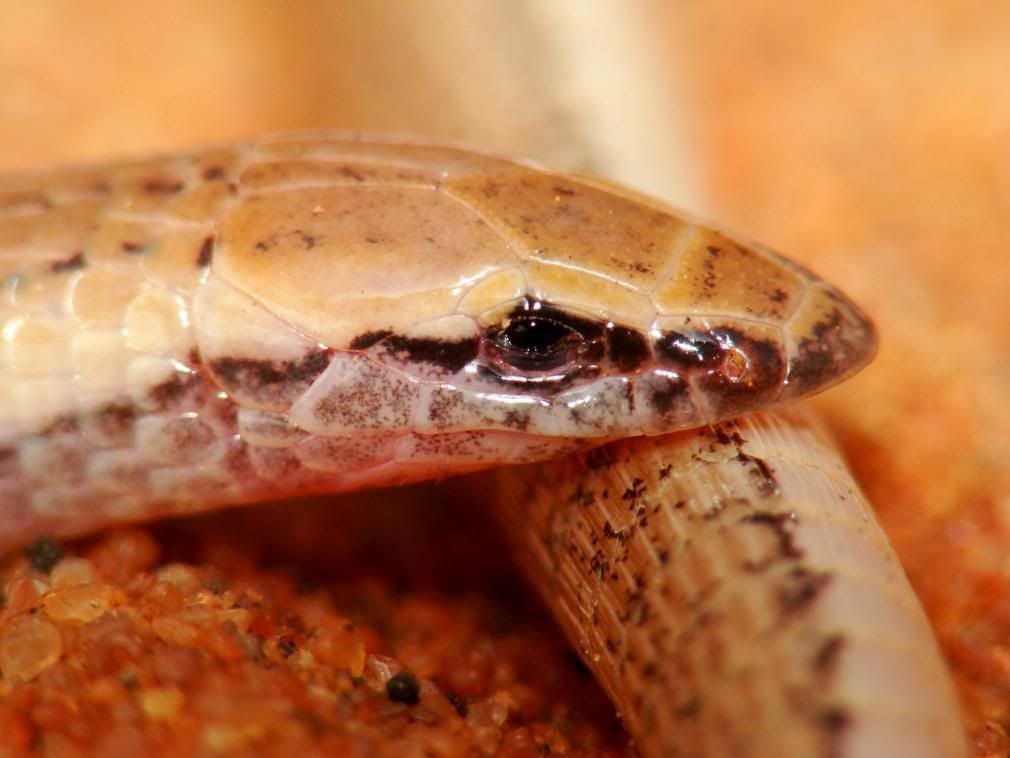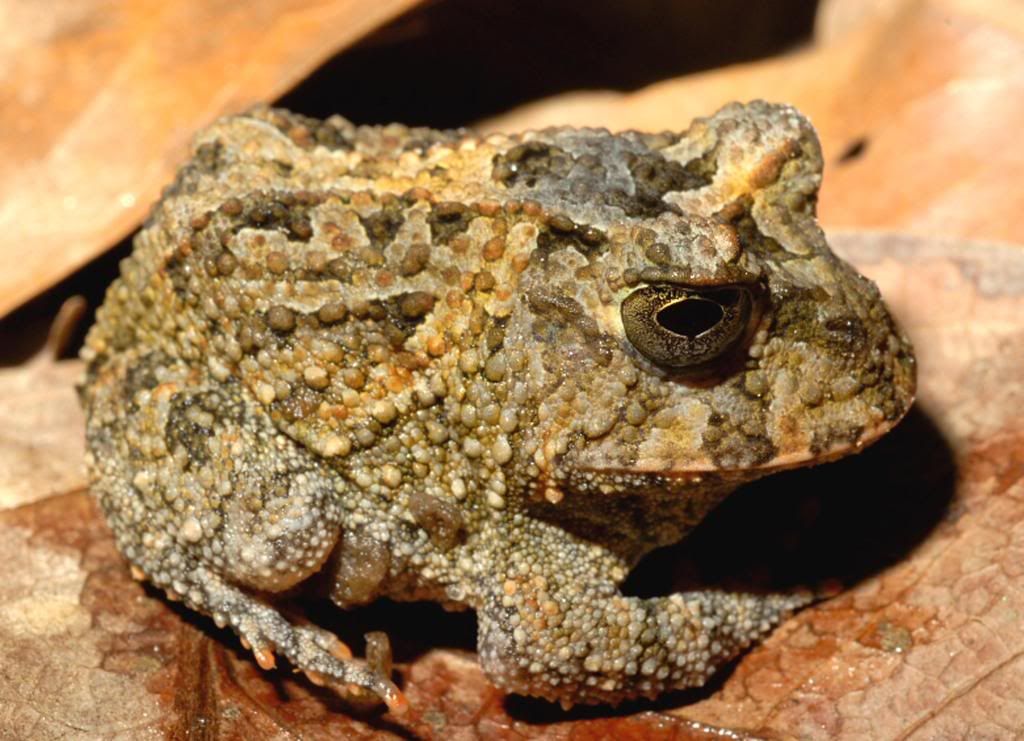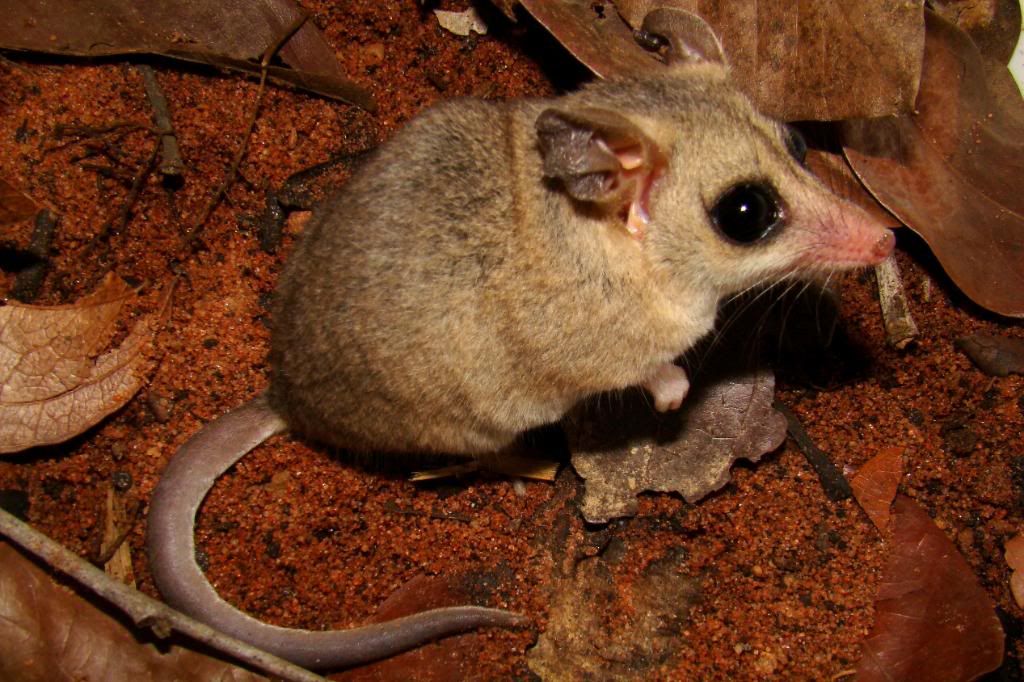 We spent a few days in San Diego where a recent shark attack in San Diego on triathlete David Martin has failed to dissuade tourists from going to the beach or enjoying the shoreline.
We spent a few days in San Diego where a recent shark attack in San Diego on triathlete David Martin has failed to dissuade tourists from going to the beach or enjoying the shoreline.
Fellow swimmers got together for a memorial swim to honor their friend who was attacked by a Great White Shark–and to perhaps work through some of the lingering post trauma.
Shark attacks are nothing new. In fact, the oceans have been so abused by man it seems that perhaps we have successfully pissed off Mother Nature so that she is retaliating–crying out for our attention.
The past week has reported shark attacks in Monterey, San Diego, and off the Coast of Mexico.
I quit surfing and going into the waters of the Pacific Ocean here in So Cal after I noticed the tidepools were disappearing and diseases (skin, ear, and who knows what else) began to plague the water sports enthusiasts here in Southern California.
It always seemed strange that the locals would get the notice about the bacteria levels and stay clear of the water while the tourists never seemed to get the message. There was even skin eating bacteria found in the So Cal area sometime back.
As someone who grew up on the coast on the cliffs above the ocean and who surfed, dove, swam, and worked as a marine naturalist–this change from my ocean going habits was hard. But more disturbing is the impact on the sea and sea creatures.
Even where I live now, near the lake shore on the edge of the forest, most locals will not go into the lake to swim…
This year I didn’t do an Earth Day specific post. In the past I have–but I’d rather encourage “Earth Day, Every Day.” Some how we have become a throw away, abusive society instead of one searching to conserve. When a recent office changed from large bottles of water to individual bottles–it saddened me.
On the other hand, I always manage to forget to take my cloth bags to the grocery store…guess I need to move them into my car now. I generate little trash and recycle most everything…but there is always more to do.
We are not paying attention to how abusive we have become to the earth and what a burden we put on it. The increase in human-animal encounters has led many to believe that nature is retaliating. I’d say screaming for attention is more like it.
Even Oprah recently dedicated a show to “going green” but changes in habits are something that need to be a serious, consistent effort. Not just a one day event.
People laughed when Oprah squirmed over the earthworms–but I hope that they got the main message instead. It made me sad to see someone of such influence showing her followers such an example–or maybe it was a good thing–who knows?
In case you have not heard, many countries outside of the United States have already banned plastic bags. For crying out loud–even China has banned or taxed their use!
We need to do the same thing–and also to move back to repairable and endurable products. If we quit supporting the nasty plastic packaging and individual bottles of water and sodas we can prevent further problems in the ocean. Check out this plastic pollution article from Santa Cruz or this one on the “Eastern Garbage Patch.”
You can check out more on the lethal litter at these links:
Charles Moore (Marine Biologist) article from Natural History






